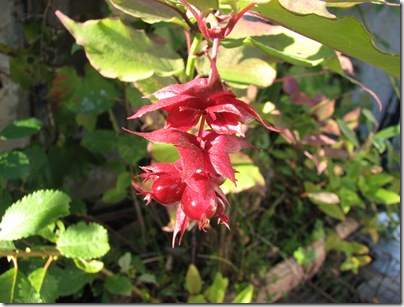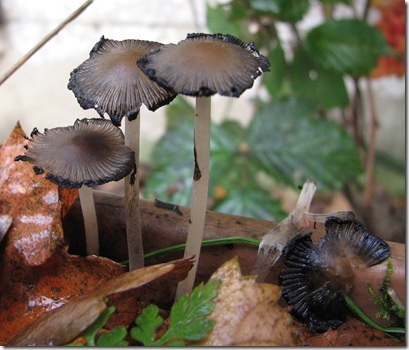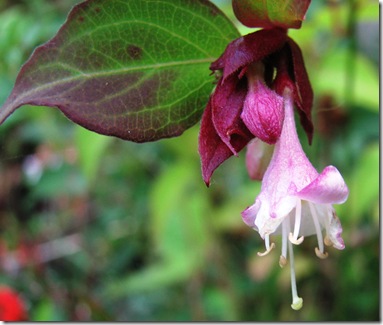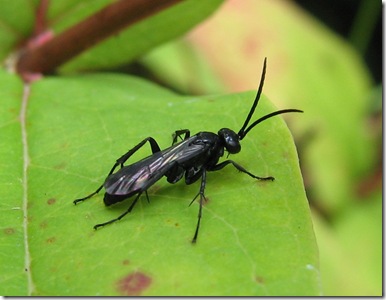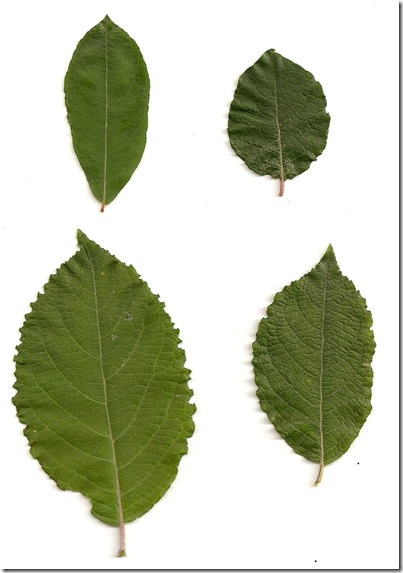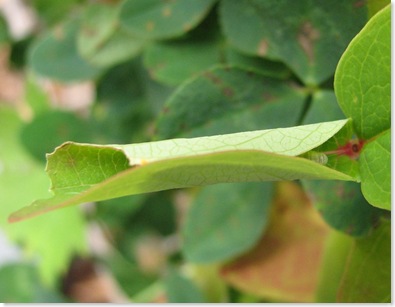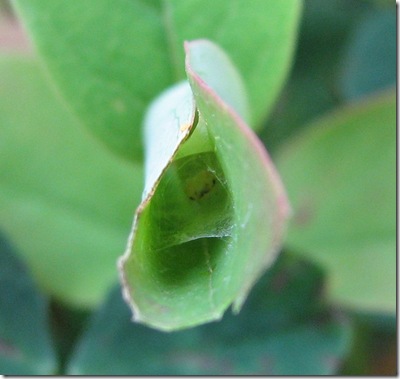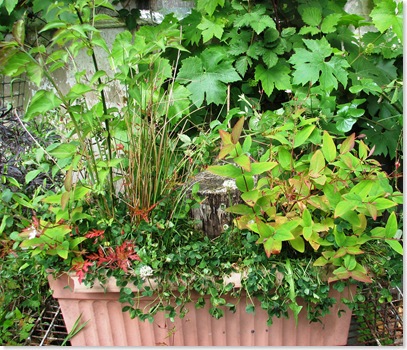The window box has now been going for five years and all the plants appear to be doing remarkably well. This is particularly surprising as I have given the soil no fertiliser and it must be getting some extra punch from the nitrogen fixing clover and tares and maybe from nitrogen in the rain water or tap water which I apply to the box in dry weather.
Today I coppiced back all the woody species - the sallows, the Himalayan honeysuckle and the tutsan. The goat willow (Salix caprea) had one stem that had grown exactly five feet (1.52 metres) from the stool since it started this spring.
The two pictures below show the before and after situation.
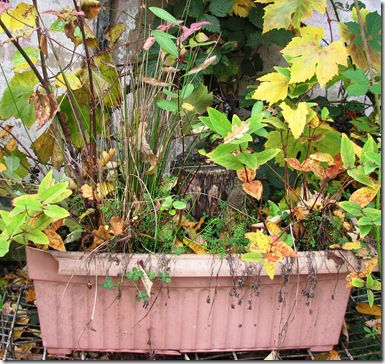
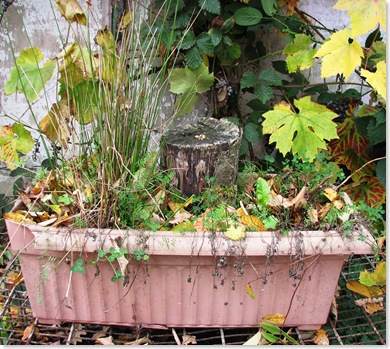
Some of the leaves on the goat willow had some small, tent-like leaf mines between the veins and I am pretty sure these are made by the larvae of a micro moth, the long-streaked midget (Phyllonorycter salicicolella), though I may have to wait for a spring hatching of the adult moths to be absolutely sure.
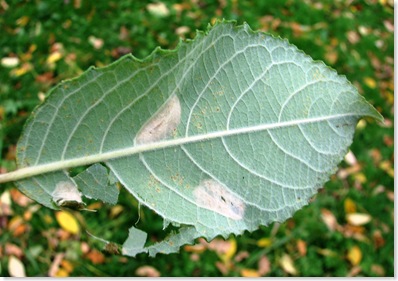
As well as a new insect record, I found a new plant for the window box - a young goosegrass (Galium aparine). There's life in the old box yet, although the plastic gets increasingly fragile.
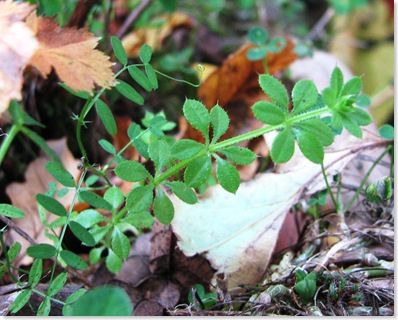
My final picture is of berries on the Himalayan honeysuckle, appropriate for this "season of mists and mellow fruitfulness."
